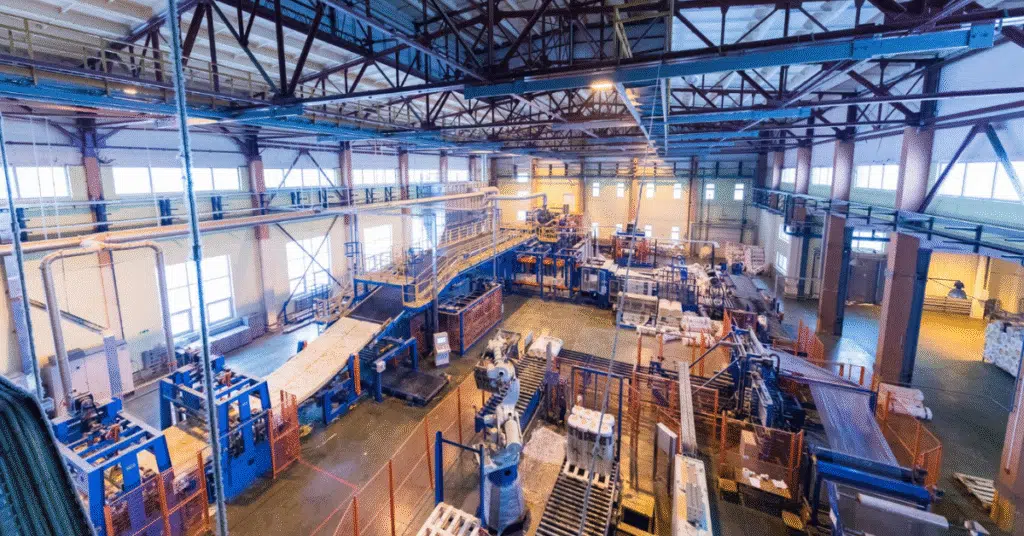The industrial and policy winds in the United States have shifted dramatically in 2025.
Aggressive tariffs, supply chain realignment, automation acceleration, and policy-driven reshoring are converging to transform manufacturing at its core. But as factory lines are reengineered and supplier maps redrawn, a quieter—but no less critical—revolution is underway: the redefinition of executive leadership.
Kilpatrick Executive explores how these disruptions impact hiring strategy, leadership expectations, and the organizational DNA required to thrive in the emerging industrial order.
I. The Policy Earthquake: Tariffs, Trade Walls, and Economic Retrenchment
The resumption and escalation of tariffs by the U.S. administration—especially on steel, aluminum, and derivative goods—marks one of the most consequential interventions in industrial policy since World War II.
- In June 2025, the U.S. government doubled tariffs on steel and aluminum to 50%, invoking national security via Section 232 (White House source).
- By August 2025, the tariffs had expanded to 407 additional finished and derivative goods, including wind turbines, aluminum wiring, cranes, HVAC units, and railcars (Reuters).
- The tariff coverage now spans over $328 billion in imports, more than doubling the 2023 scope.
These policy moves aim to stimulate domestic production and protect national industries. However, they have unleashed a chain reaction: rising production costs, supply shortages, cross-border friction, and strategic uncertainty for manufacturers operating across NAFTA, Asia-Pacific, and EU supply routes.
II. Economic Reality Check: Growth Deceleration Amid Inflation Pressures
Industrial optimism is being tempered by macroeconomic headwinds. According to the OECD:
- U.S. GDP growth will decelerate to 1.6% in 2025 and 1.5% in 2026, down from 2.8% in 2024 (OECD, via Investopedia).
- Inflation is projected to rise to 3.9%, driven by tariff-induced input costs.
- Q1 2025 data shows G7 GDP growth has already stalled—from 0.4% in Q4 2024 to just 0.1% (OECD Statistical Release).
This economic environment, where cost pressures outpace growth opportunities, is forcing CEOs to become more strategic with capital, workforce allocation, and operational transformation. Talent is emerging as both a differentiator and a bottleneck.
III. Is Reshoring Real or Just Rhetoric?
American policymakers have doubled down on reshoring as a long-term strategy to reduce reliance on global supply chains. But bringing manufacturing “home” is proving harder than expected.
Constraints to Reshoring:
- Labor shortages: The U.S. continues to face a dearth of skilled technical and engineering labor, especially in advanced manufacturing and energy sectors.
- Cost inefficiencies: Domestic production still struggles to match global competitors on price, particularly when automation adoption is uneven.
- CapEx drag: High interest rates and uncertain regulatory environments are slowing capital investment in plant modernization and industrial AI.
Despite these headwinds, certain verticals are thriving:
- Energy infrastructure and renewables are attracting capital thanks to the IRA and CHIPS Act spillovers.
- Industrial automation, robotics, and process controls are experiencing rapid adoption to counteract wage pressures and workforce gaps.
- Defense, aerospace, and critical minerals processing are being reshored aggressively with federal backing.
The landscape is uneven, but the underlying message is clear: the old playbook of globalization has fractured, and manufacturers must now compete on adaptability, speed, and resilience—led from the top.
IV. Rethinking Leadership: The Rise of the Industrial Hybrid Executive
As operations and value chains are restructured, the leadership profile required to guide this transition is evolving rapidly. Technical excellence alone is no longer enough.
Core competencies of the 2025 industrial executive:
- Digital-industrial literacy: Deep understanding of automation systems, AI integration, predictive maintenance, and digital twins.
- Geostrategic fluency: Ability to anticipate trade risks, realign supply chains geographically, and navigate decoupling scenarios.
- Change leadership: Proven ability to shift culture, manage transformation, and embed continuous innovation.
- Workforce vision: Capacity to design inclusive, high-skill, agile labor strategies in labor-constrained environments.
- Sustainability and compliance: Acumen in ESG reporting, carbon accountability, and navigating CSRD or SEC frameworks.
This new industrial leader is equal parts operator, technologist, strategist, and culture-shaper.
V. The Role of Executive Search in Industrial Reinvention
At Kilpatrick Executive, we are seeing a clear inflection point: organizations are no longer just replacing roles—they are rearchitecting their leadership teams to align with new realities.
We support clients through:
- Role redefinition: Aligning leadership roles with evolving strategic and digital imperatives—not just job titles.
- Global executive mapping: Tapping into talent pools in North America, Europe, and Asia with experience in automation, nearshoring, and industrial transformation.
- Cultural alignment: Ensuring fit not just by experience, but by mindset, communication style, and resilience under uncertainty.
In this climate, successful executive searches prioritize strategic fit, transformation track records, and the ability to lead in ambiguity.
VI. Looking Forward: From Leadership Gaps to Competitive Advantage
The U.S. manufacturing sector stands at a defining crossroads. Policy intervention has created openings for resurgence—but only for those who can translate industrial complexity into leadership clarity.
Companies that move early to redefine their executive architecture, embrace workforce innovation, and partner with forward-thinking executive search firms will be best positioned to turn volatility into value.
At Kilpatrick Executive, we believe the manufacturing renaissance won’t be driven by factories or tariffs alone—but by people. Leadership is not just a title—it’s the lever that will shape the industrial economy of tomorrow.

